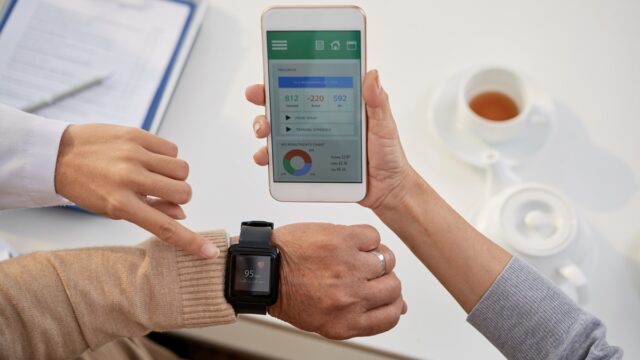
Technology plays a key role in all aspects of our lives today. Our smartphones are more powerful than early supercomputers and many of us spend our days wired to fitness trackers, wireless headphones, and other smart technology. It should come as no surprise, then, that many women are using technology to manage their reproductive health. Though still relatively new, these 5 apps and devices are reshaping the landscape of women’s health – and they’re only the beginning of what we can expect in the next few years.
Period Tracking: Seeing The Pattern
Contents
If you were to believe the educational articles, a woman’s menstrual cycle lasts about 28 days. The reality, though, is much less predictable. That’s why many women use period tracking apps like Clue, Eve, and MyFlo. These apps can detect cycle patterns that are a bit more complex than the 28- or 30-day cycle women are taught to expect, can help those who are trying to get pregnant identify their fertile window, and help identify symptoms of premenstrual syndrome. Some also provide useful tips on nutrition and exercise as they relate to your menstrual cycle.
The Pharmacy Goes High Tech
Most pharmacies have apps and websites these days, but that doesn’t help much if you haven’t made it to the doctor to get a prescription. Luckily, women today have the option to get birth control online and have it delivered straight to their door. Online birth control providers are affordable and discreet and, at a time when in-person healthcare access is limited, it’s filling a more important gap than ever.
Data-Driven Babies: Fertility Wearables
Many couples experience fertility challenges, and even those with “normal” fertility levels often want to optimize their attempts at conception. One way they’re doing this is by using wearables that measure fertility variables like basal body temperature, resting heart rate, and menstrual cycle data. Such targeted information can help women identify their most fertile days. Doctors should discuss these wearables, along with app use and other new health tech, since healthcare trends regularly influence mainstream medicine.
Conception Tech Comes Home
Tracking fertility based on general, physiological variables like temperature can provide useful insights into a woman’s fertility, but these aren’t the most useful metrics. More valuable are hormonal fluctuations, and while these are harder to measure than your temperature, they provide greater insight. That’s why many women are excited by a new at-home ovulation testing kit. With the ability to measure progesterone and luteinizing hormone levels, women can get a more accurate sense of their ovulation patterns and increase their risk of conception.
It Takes Two: Male Fertility Tech
Most of the pressure and attention surrounding fertility falls on women, but it takes two to make a baby, and men can also be the source of a couple’s conception problems. With that in mind, there’s been growing interest in new at-home male fertility tests. These have been particularly popular since the start of the COVID-19 pandemic, when clinics shut down. Paired with women’s reproductive health tech, these tests offer powerful insights that let couples take control of their reproductive lives.
The majority of period tracking and fertility-related technology fall under the heading of what investors call “femtech,” and it’s a growing area of research and investment – and it’s no surprise that there’s so much excitement in this sector. After all, women make 80% of healthcare decisions in the United States, so their investment in new tests, devices, and apps can make or break a health-related project. Focusing on women’s health needs, especially reproductive health needs that have long been sidelined, is sure to be a top priority for innovators. It may seem like a niche market, but with the recent growth in wearables, it won’t stay that way for long.

